Body Talks
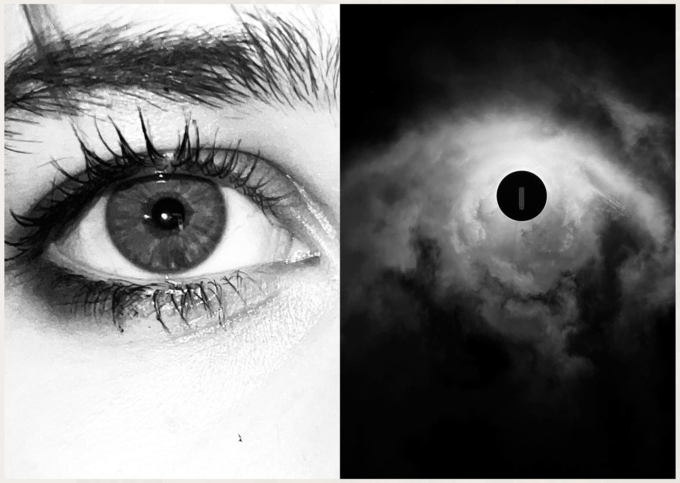
1.
Take a photograph of a portion of your own body or someone else’s body (i.e. leg, arm, chest, neck, hands).
The photograph needs to have a feel of abstractness. A kind of mystery. Color or black and white. Any format.
2.
Make or find a new image (same format) that resonate with the first one (i.e. a landscape. a textile, a city view).
3.
Create a diptych with the two images.
4.
Repeat step 1-2-3 for five times. Create five diptychs.
Examples from previous students:
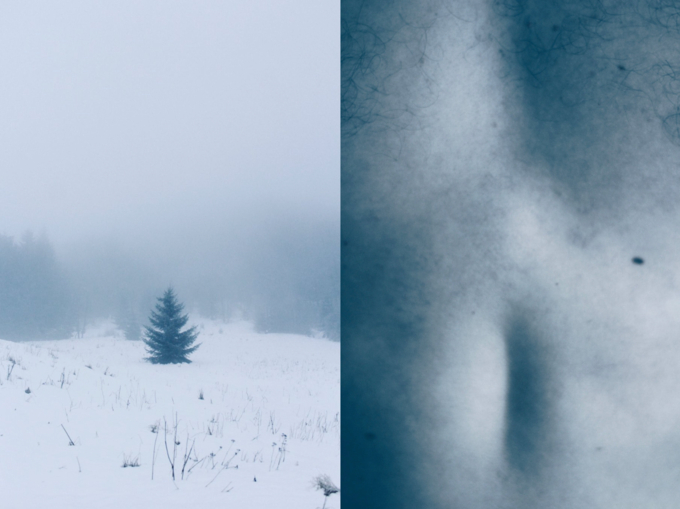
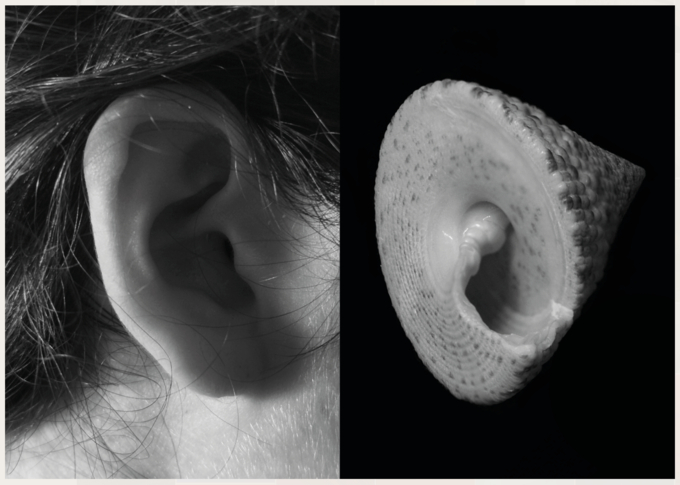
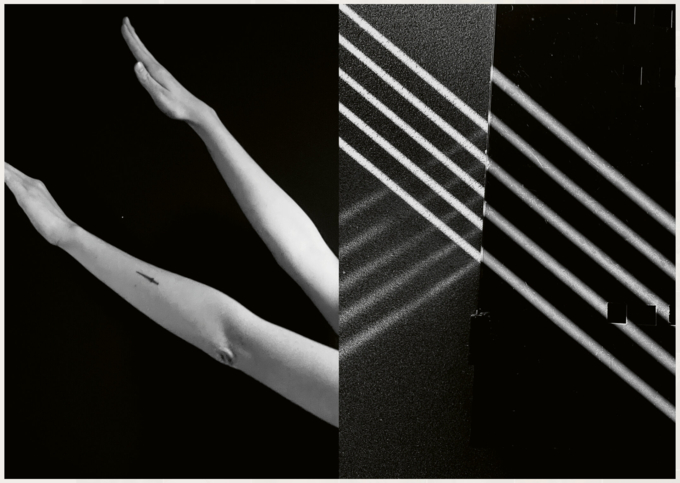
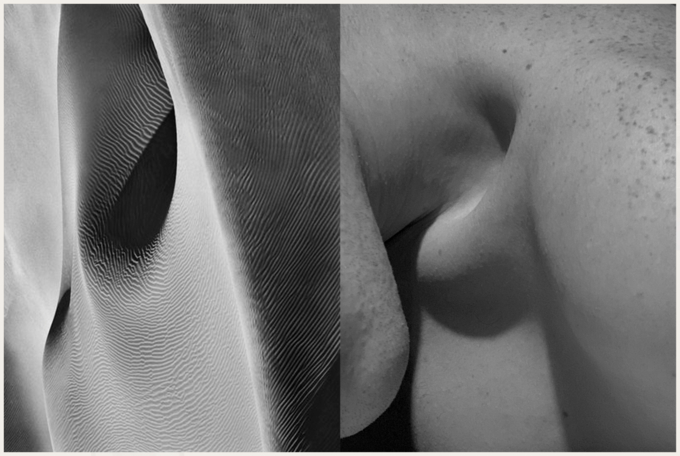
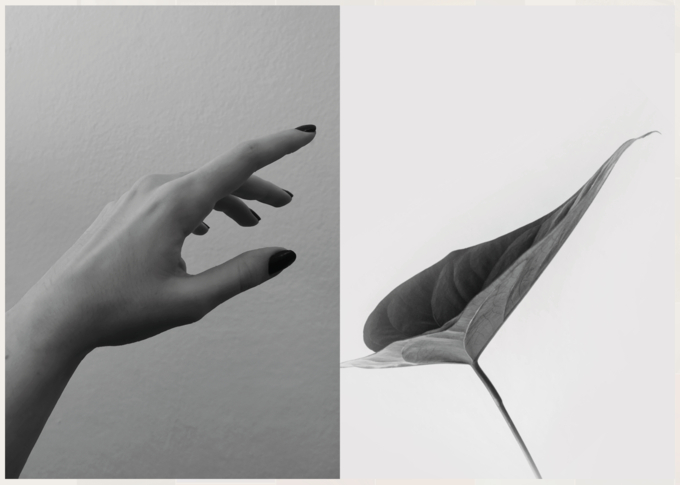
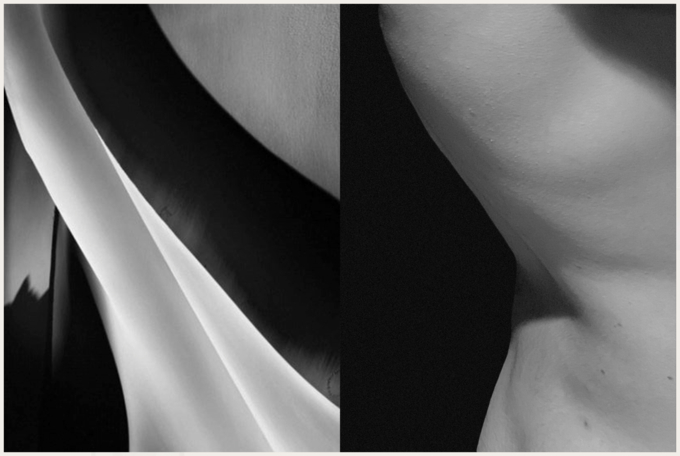
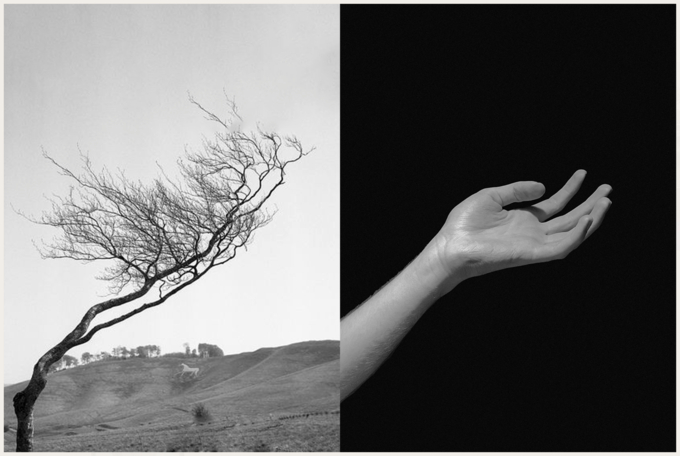

1.
Take a photograph of a portion of your own body or someone else’s body (i.e. leg, arm, chest, neck, hands).
The photograph needs to have a feel of abstractness. A kind of mystery. Color or black and white. Any format.
2.
Make or find a new image (same format) that resonate with the first one (i.e. a landscape. a textile, a city view).
3.
Create a diptych with the two images.
4.
Repeat step 1-2-3 for five times. Create five diptychs.
Examples from previous students:






